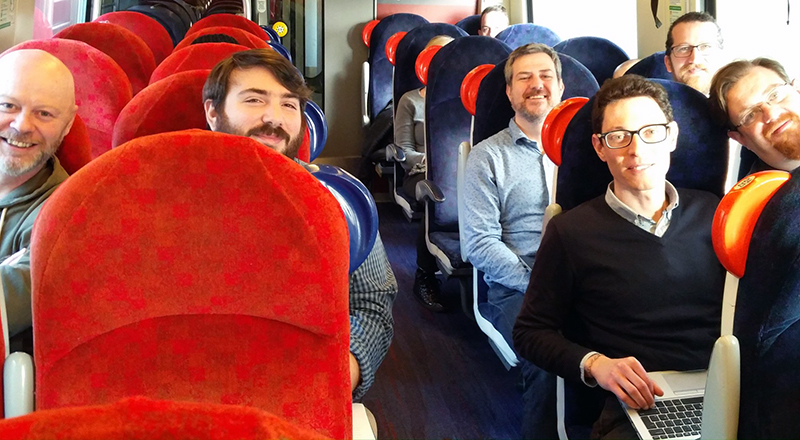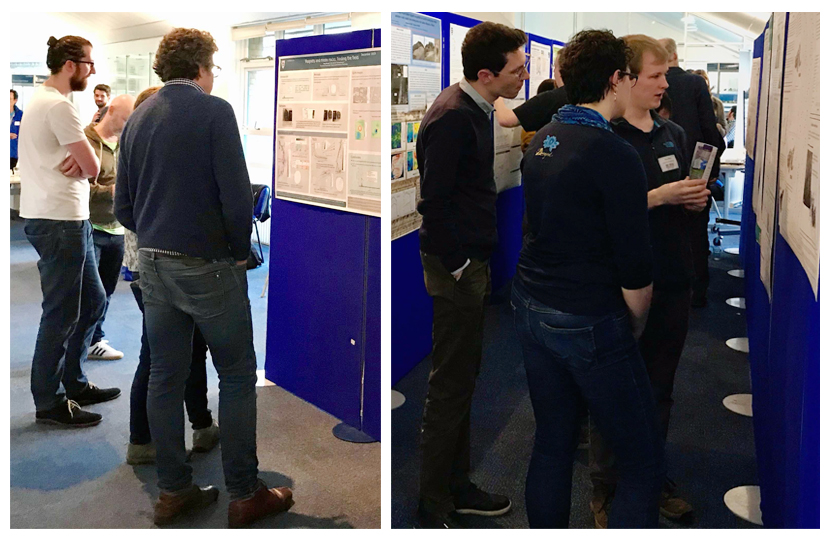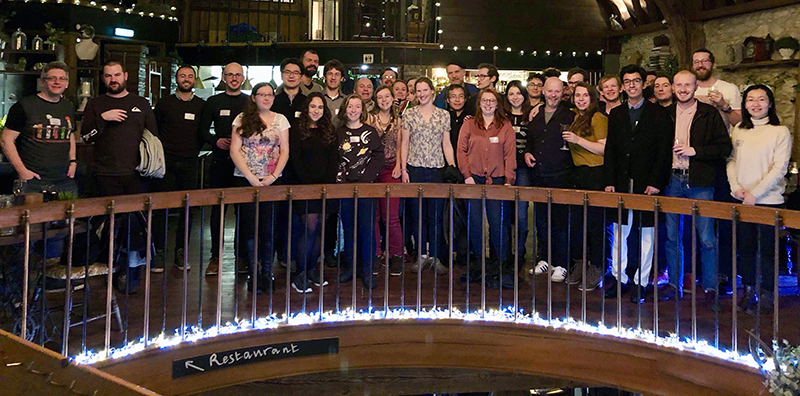This past January, the University of Liverpool Geomagnetism group attended Magnetic Interactions 2020 hosted in the National Oceanography Centre at the University of Southampton. We had a strong showing despite the 6 am train ride, and presented new research on Earth’s magnetic field spanning the last 2 million years to over a 2.5 billion years ago.

Yael Engbers, a PhD student here at Liverpool, gave the first talk of the meeting, presenting her results from the first palaeomagnetic study of St. Helena, an island in the South Atlantic. PhD students Dan Thallner and Simon Lloyd followed, presenting new data from 500 to 1000 million years ago highlighting the complex and often (extremely!) weak magnetic field during those times.

The second day of talks featured Liverpool postdoc Domenico Meduri, who discussed some of the new insights on the geomagnetic field gained from looking at computer simulations through the lens of palaeomagnetism. PhD student Ben Handford and postdocs Louise Hawkins and Richard Bono presented posters on their research, studying how Earth’s magnetic field changes over time, covering from the last 2 million years — to Triassic (250 million years ago) rocks from Patagonia — to 2.5 billion years old West Australian dykes.

Great conversation and new insights were had over dinner (and open bar!) at the Dancing Man Brewery, and the Liverpool group returned north excited to tackle new science with 2020 kicked off to a good start.

Leave a Reply